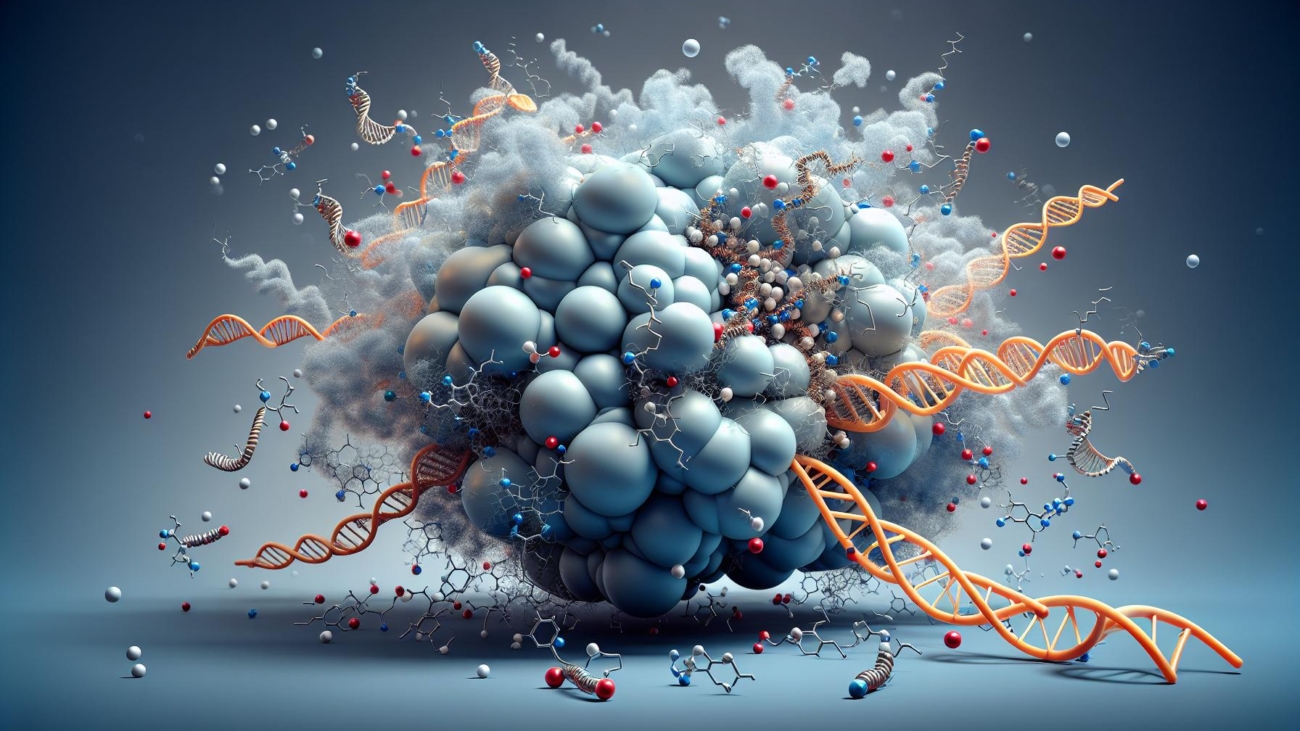Scientists at LMU have delved deeper into understanding how cationic polymers, used as carriers for RNA drugs, behave at a molecular level.
Cationic polymers are emerging as a powerful tool in the delivery of RNA-based therapeutics or vaccines. These polymers, similar to lipid nanocarriers, are used to transport mRNA medicines. These microscopic packaging substances can effectively safeguard their cargo and deliver it to the destined cells. “We create what we call ‘gene carriers,’ which can encase various therapeutic nucleic acids, ensuring they are safely delivered to the required location,” explains Professor Olivia Merkel, who heads the Drug Delivery department at LMU’s Faculty of Chemistry and Pharmacy.
To enhance the efficiency of these gene carriers, it’s crucial to understand how these particles behave on a molecular level: how they encase RNA and then release it. This aspect has not been thoroughly explored until now. Merkel spearheaded a new study to gain a deeper understanding of the nano carriers’ organization. The study is a segment of her ERC research project, RatInhalRNA (Rational and Simulation-Supported Design of Inhalable RNA Nanocarriers), and its results were recently published in the Nano Letters journal.
“We employed a method known as coarse-grained molecular dynamics (CG-MD) to simulate and observe the particles,” Merkel elaborates. The study particularly looked at how changes in polymer structure and environmental conditions affect the formation of particles. The simulations were corroborated by wet lab experiments using nuclear magnetic resonance (NMR), confirming that CG-MD can provide intricate insights into the structure and behavior of RNA nanoparticles. “Our study underscores the value of CG-MD in predicting and explaining the characteristics of RNA nano-formulations, which could aid in the development of more effective systems for future healthcare applications,” Merkel concludes.
Trending News
18 January, 2025
2.66°C
New York
